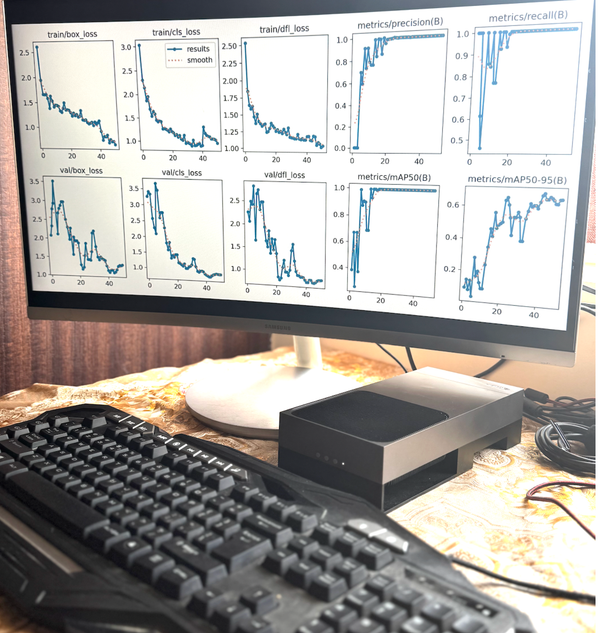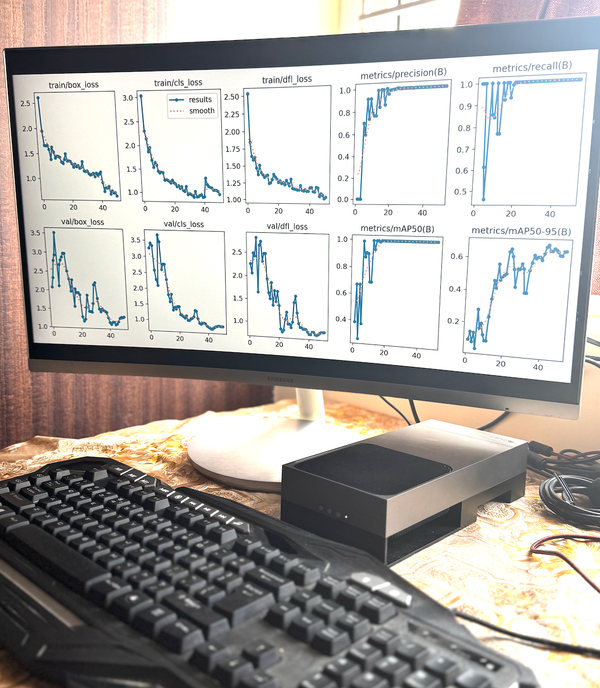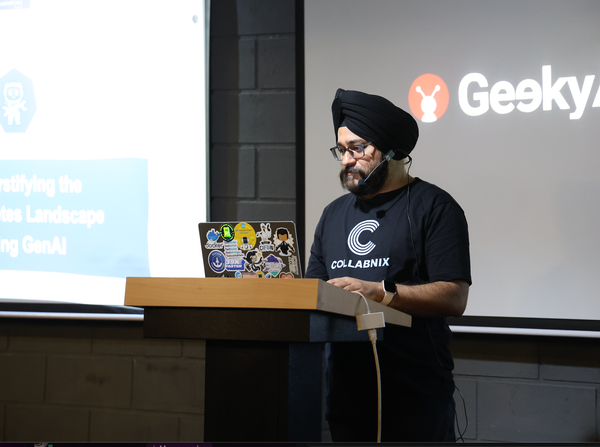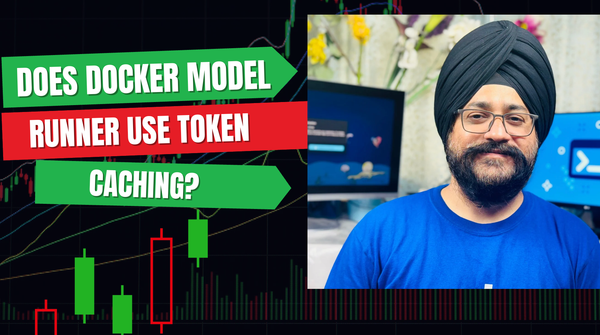How I explained AI Evolution to 10 year old son
What if understanding AI's revolutionary progress was as simple as watching a chemistry student evolve from freshman to research scientist?
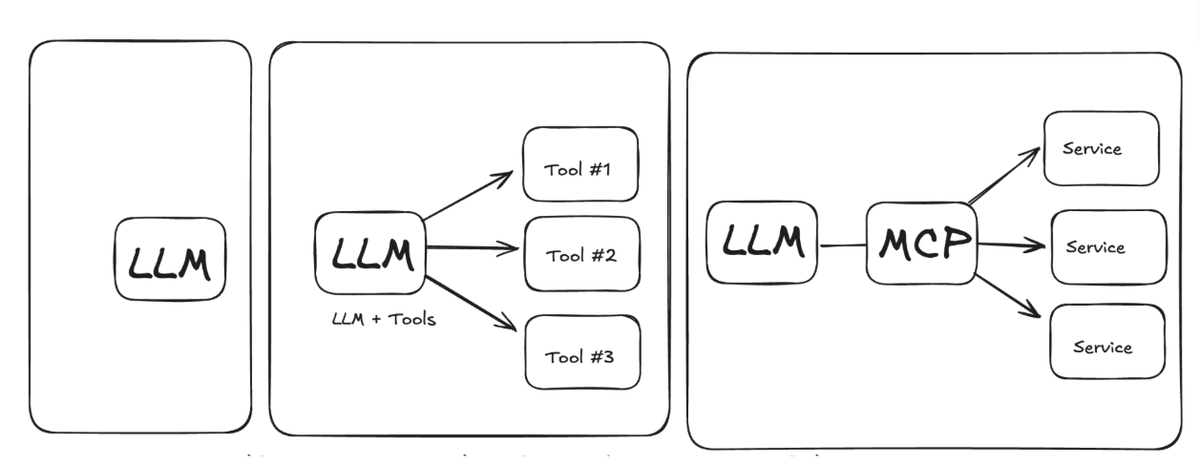
Understanding AI's rapid evolution is simple when you think of it like a chemistry student. First, they memorize the periodic table (LLM). Then, they learn to research current literature (RAG). Finally, they gain access to the actual lab equipment to run experiments (MCP). This progression from knowledge to information to action represents the fundamental shift in how AI systems solve real-world problems.
The Chemistry Lab Evolution:
🧠 Closed Book (LLM)
- "I know the periodic table and reaction equations"
- Student with memorized chemistry knowledge
- Can explain theory but can't perform experiments
📚 Open Book (LLM + RAG)
- "I can look up safety data sheets and experimental procedures"
- Student who can access lab manuals, chemical databases, research papers
- Can find current protocols but still can't do experiments
⚗️ Practical Book (LLM + RAG + MCP)
- "I can actually run the experiment for you"
- Student with access to lab equipment, chemicals, and instruments
- Can measure, mix, heat, analyze, and document results
Real Chemistry Lab Example:
Query: "Help me synthesize aspirin"
- Closed: "Aspirin is acetylsalicylic acid, made from salicylic acid and acetic anhydride"
- Open: "Let me look up the latest synthesis protocol and safety requirements"
- Practical: "I'll set the hot plate to 85°C, measure 2.3g salicylic acid, add acetic anhydride, monitor the reaction, and analyze the product purity using the spectrometer"
